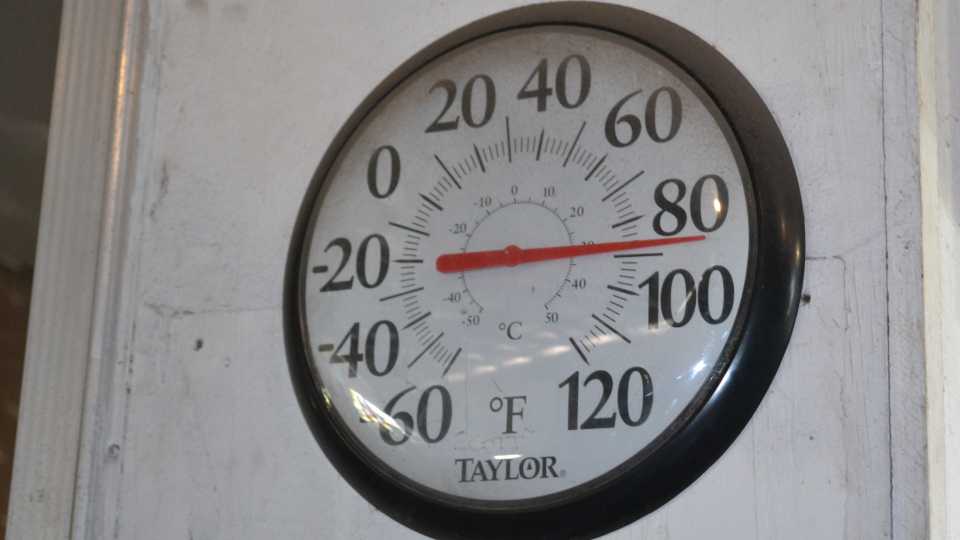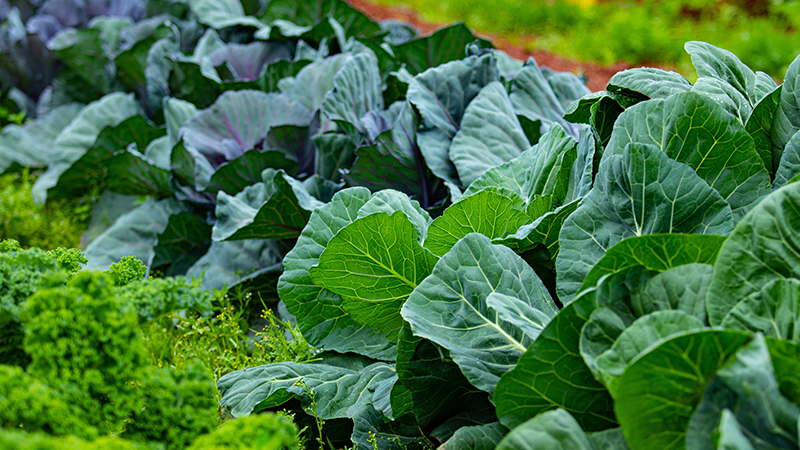China Horticulture Tour 2012

In July, I was very fortunate to be a participant in the Season Extension Horticulture Tour of China. On July 1, eight people representing Texas A&M University, the University of Florida, and Mississippi State University embarked on a cross country trek to see how the Chinese grow their crops. Coordinated by Dr. Mengmeng Gu of Texas A&M and Dr. Guihong Bi of Mississippi State, this was the trip of a lifetime.
Three cities served as the “base camps” for day trips varying from one to four hours away. Starting and ending in Beijing (also known as Peking), the capital city, heading south to the city of Wuhan, and then the southwestern city of Kunming, many kilometers were put behind us.
In the Beijing area, we toured a solar greenhouse, various temperate climate crops, China Agriculture University, and the National Agricultural Science and Technology Demonstration Park. The “Park” was a very high-tech demonstration of the latest greenhouse technologies including LED lighting, growth chambers, hydroponic production systems, etc. No photos were allowed.
Travel from Beijing to Wuhan was by a 10-hour nighttime train ride, while the other two trips were, fortunately, by China Southern Airlines. I say that because sleeping on the hot, noisy train ride was nearly impossible.
If the map of China were superimposed on one of the U.S., Wuhan, the capital of Hubei Province, would be somewhere around North Carolina. It’s filled with beautiful agricultural fields, greenhouses, and what must have been tens of thousands of high tunnels. The tunnels were placed on flat land, hills, and carved into mountainsides. The weather was extremely hot (100°F to 110°F) and shockingly humid, much like the summer in the U.S. this year, but notably more severe.
Practical Use Of Space
Local people made very good use of land by growing crops on nearly every tillable parcel. Even the sides of highways, just past roadside trees, were planted with every sort of food crop — fruit trees, leafy greens, yard long beans, and corn.
Day trips from Wuhan brought us to learn about vegetable grafting, tea research and processing, and visits with university faculty and grad students at Huazhong Agricultural University. I had no idea that the various types of tea (green, black, oolong, yellow and white, and green-black — also called brick) came from the same plant and were just picked at different physiological ages. The students were particularly friendly and helpful as they proudly showed us their research and facilities.
Using the U.S. map analogy again, Kunming, in Yunnan Province, would be pretty close to Mississippi. The south central part of China is not far from Myanmar (also known as Burma), Laos, and Vietnam. The weather here is beautiful, especially after the searing heat of Wuhan. In Yunnan Province, we saw cut flowers (mostly roses, carnations, and gerbera daisies), orchid and anthurium production, wholesale marketing at the flower auction, blueberries, and tropical fruit and vegetable production.
At the end of the trip, back in Beijing, there was a little time for touring. We were able to fit in short visits to the Great Wall, the Summer Palace, the Forbidden City, the Olympic Village, and Tiananmen Square.
If any growers, university faculty, or grad students are interested in pursuing a trip like this, you are in luck. Dr. Gu will be coordinating another one in May 2013. For more information, check this blog website: http://greenviion.wordpress.com.









